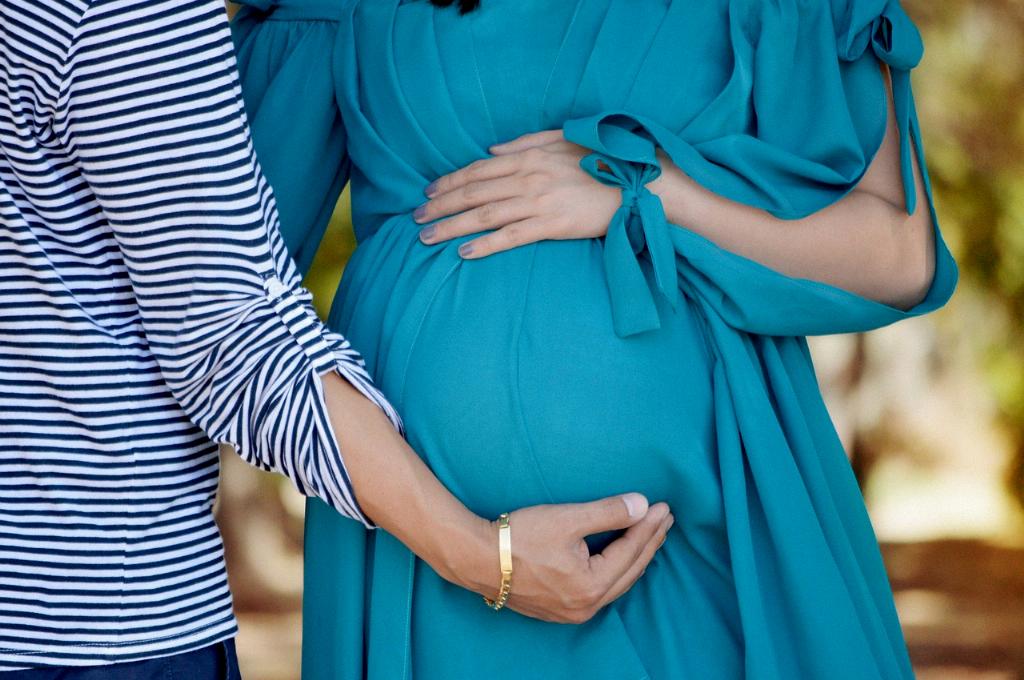During pregnancy, many women experience a unique sensation in their upper abdomen that can be described as a pulling feeling. This sensation is often attributed to the growing uterus, which places additional strain on the muscles that support it. As the uterus expands to accommodate the developing baby, it exerts pressure on the surrounding muscles, leading to discomfort or pain.
The pulling sensation in the upper abdomen can vary in intensity from sharp pains to a milder, continuous pulling feeling. It is common for pregnant women to feel this sensation when engaging in activities such as coughing, sneezing, standing up, sitting down, rolling over in bed, or during sexual intercourse. These movements can exacerbate the strain on the abdominal muscles, causing the pulling sensation to become more noticeable.
One of the main contributors to the pulling sensation in the upper abdomen during pregnancy is the round ligament pain. The round ligaments are a pair of ligaments that support the uterus and attach it to the wall of the abdomen. As the uterus grows, these ligaments stretch and elongate, leading to discomfort and a pulling sensation in the upper abdomen.
It is important to note that experiencing a pulling sensation in the upper abdomen during pregnancy is typically a normal and expected part of the prenatal experience. However, if the pain becomes severe, persistent, or is accompanied by other symptoms such as bleeding, fever, or chills, it is essential to consult with a healthcare provider to rule out any underlying complications.
There are several ways to alleviate the discomfort associated with the pulling sensation in the upper abdomen during pregnancy. Practicing good posture, avoiding sudden movements, and using supportive pillows while sleeping can help reduce the strain on the abdominal muscles. Additionally, engaging in gentle exercises such as prenatal yoga or stretching can help strengthen the muscles and alleviate tension in the abdomen.
Applying heat packs or taking warm baths can also provide relief from the pulling sensation in the upper abdomen. These heat therapies help relax the muscles and improve blood circulation, reducing discomfort and promoting relaxation. It is essential to ensure that the heat is not applied directly to the abdomen and to use heat packs at a moderate temperature to prevent burns or skin irritation.
Furthermore, wearing maternity support garments or belly bands can provide additional support to the abdomen and alleviate the strain on the muscles. These garments are specially designed to distribute the weight of the growing belly evenly, reducing the pulling sensation and promoting comfort throughout the pregnancy.
Maintaining a healthy lifestyle during pregnancy, including eating a balanced diet, staying hydrated, and getting regular exercise, can also help reduce the likelihood of experiencing discomfort in the upper abdomen. Proper nutrition and hydration support the overall health of the muscles and tissues, while regular exercise helps strengthen the core and pelvic floor muscles, reducing the strain on the abdominal area.
In conclusion, the pulling sensation in the upper abdomen during pregnancy is a common occurrence that is often caused by the growing uterus and the stretching of the round ligaments. While this sensation can be uncomfortable, it is typically a normal part of the prenatal experience. By practicing good posture, engaging in gentle exercises, applying heat therapy, wearing supportive garments, and maintaining a healthy lifestyle, pregnant women can alleviate discomfort and promote overall well-being throughout their pregnancy journey.

